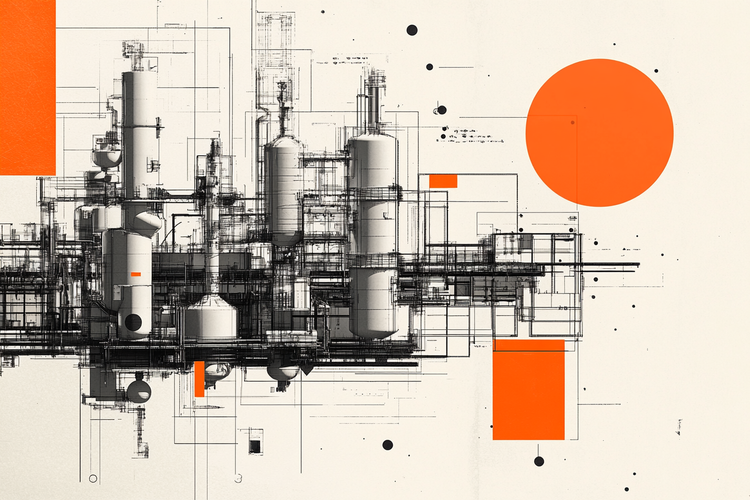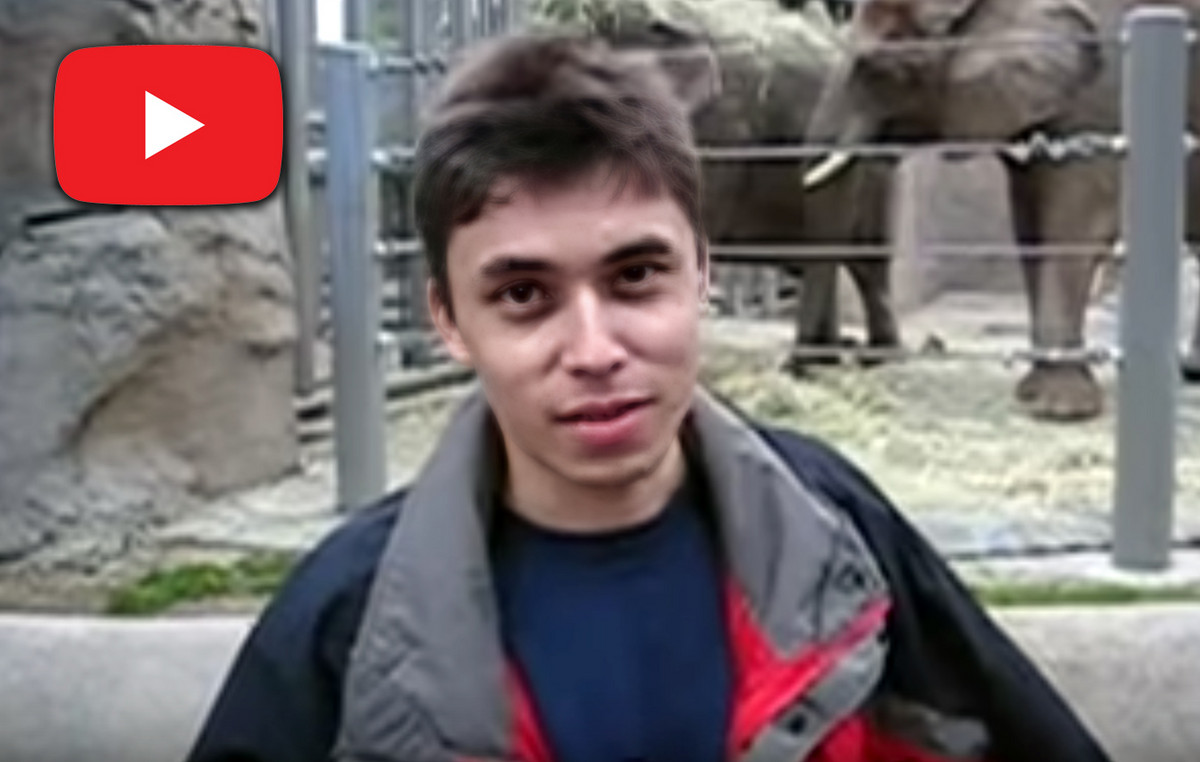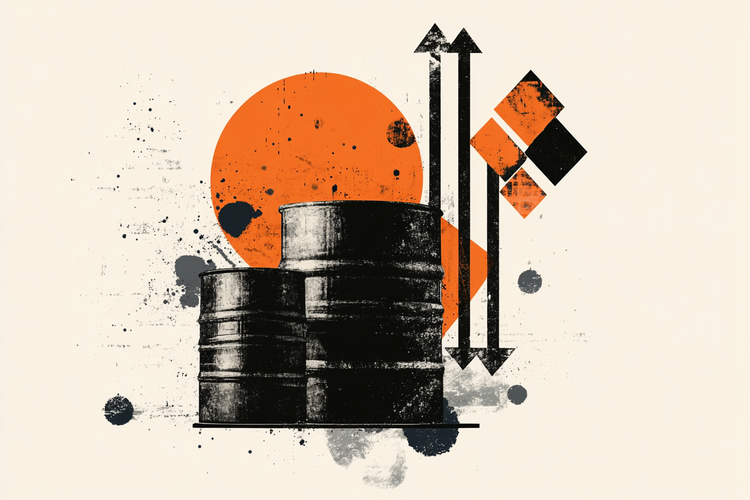In 2023, Argentines choose who will be their new president from December 10, when Alberto Fernández’s term ends.
In addition, most of the seats in the Chambers of Deputies and Senators are also being renewed, and there are votes to elect governors in 21 of the 23 provinces, as well as the head of government of the Autonomous City of Buenos Aires.
In Argentina, voting is mandatory for people over 18 years of age up to the age of 70. But, from the age of 16 and after the age of 70, it is possible to choose whether to vote or not.
See also — Analysis: Brazil’s role in solving the Argentine crisis
data-youtube-width=”500px” data-youtube-height=”281px” data-youtube-ui=”international” data-youtube-play=”” data-youtube-mute=”0″ data-youtube-id= “elIbKD-PWko”
Understand the Argentine elections
In Argentina, there are primary elections, which define the candidates who will run in the general elections – that is, who will run for the Presidency and other positions of legislators.
Since the end of 2016, it has been established that successful candidates in the primaries must participate in two televised debates . They will happen between the days October 1st and 8th .
One of these debates must be held in a provincial capital determined by the National Electoral Chamber. In case of second round there will be one more instance of debate between the two candidates, on November 12th .
See below for dates.
Open, simultaneous, and mandatory primaries (PASO, for its Spanish acronym): August 13
PASO takes place on the second Sunday of August of the election year. In this instance, the pre-candidates are chosen to define who will be the candidates for the elective positions of each party.
Pre-candidates must obtain a minimum of 1.5% of the votes to advance to the general elections. The question surrounding primaries is whether it really makes sense for them to be held, as political spaces often feature only one candidate.
General election: October 22
This stage is held on the fourth Sunday of October, and the presidential ticket and national legislators are chosen.
In addition, some provinces adhere to this calendar and hold elections for local offices. If no presidential candidate reaches the necessary majority, that is, 45% of the votes or 40% and a difference of 10 percentage points in relation to the other candidates, a second round is called.
Runoff (if needed): November 19
It is convened within 30 days after the general elections. The two candidates with the most votes participate and the one with the highest number of votes wins.
Who are the main presidential candidates?
According to most polls, the candidates most likely to reach the Casa Rosada are the current Minister of Economy, Sergio Massa ; the head of the Government of the City of Buenos Aires, Horacio Rodriguez Larreta ; the former Minister of Security, Patricia Bullrich, and the deputy Javier Milei .
Some analysts claim that Massa is at a disadvantage in this campaign, due to the dual role of minister and presidential candidate – also thinking that the country faces a severe economic crisis.

Rodríguez Larreta promotes the opening of new markets to export and regain access to credit, as well as the idea of tax simplification for job creation in small and medium-sized companies.

Based on the concept of “order”, Bullrich promises to eliminate in the shortest possible time the exchange rate, which prevents the free purchase and sale of dollars, and to establish a single exchange rate.

Javier Milei, on the other hand, aims to change the country in the next 35 years, through a three-step plan. He based his campaign almost entirely on economic definitions in his professional background.

Deputies and senators: how many are renewed and when are they elected?
In addition to the presidential ticket, in the October general elections, half of the Lower House, that is, 130 national deputies, and a third of the Upper House, that is, 24 national senators, will be renewed.
For deputies, the renewal of seats is distributed among the following jurisdictions: 35 for the Province of Buenos Aires, 12 for the City of Buenos Aires, 10 for Santa Fe, 9 for Córdoba and 5 for Mendoza and Tucumán.
In the case of senators, there are 8 provinces: Buenos Aires, Formosa, Jujuy, Misiones, La Rioja, San Luis, Santa Cruz and San Juan.
Provincial elections: the particularities of each locality
Of the 23 provinces that make up the Argentine territory, 21 elect governor this year, and the Autonomous City of Buenos Aires defines who will be its head of government at the end of Horacio Rodríguez Larreta’s term. In addition, some local positions are renewed.
Provinces can adhere to the national calendar or split elections.
The province of La Pampa took charge of opening the electoral year: on February 12, the primaries took place. The election for governor and local offices took place on May 14.
But not all jurisdictions have primary elections. This is the case of Río Negro and Neuquén, which already defined their government and local positions on April 16.
On May 7, also without primaries, it was the turn of Misiones, La Rioja and Jujuy.
San Juan, Salta, Tucumán and Tierra del Fuego went directly to the elections on May 14. San Luis, on June 11th. That same day, Mendoza made its call for the primaries and will define the government and local positions on September 24th.
For its part, Santa Fe called the primary on July 16 and the general for September 10.
With no intermediary instances, the elections in Chaco will take place on September 17th. Local elections in Chubut will take place on 30 July.
Córdoba held its provincial elections on June 25, while municipal elections were held on July 23. Formosa also had its elections on June 25th.
The provinces of Buenos Aires, Catamarca, Ente Ríos, Santa Cruz and the City of Buenos Aires are part of the national calendar and citizens will go to the polls on the dates mentioned: August 13th and October 22nd.
Finally, Santiago del Estero y Corrientes elected governor in 2021.
*published by Tiago Tortella, from CNN
Source: CNN Brasil
Bruce Belcher is a seasoned author with over 5 years of experience in world news. He writes for online news websites and provides in-depth analysis on the world stock market. Bruce is known for his insightful perspectives and commitment to keeping the public informed.







